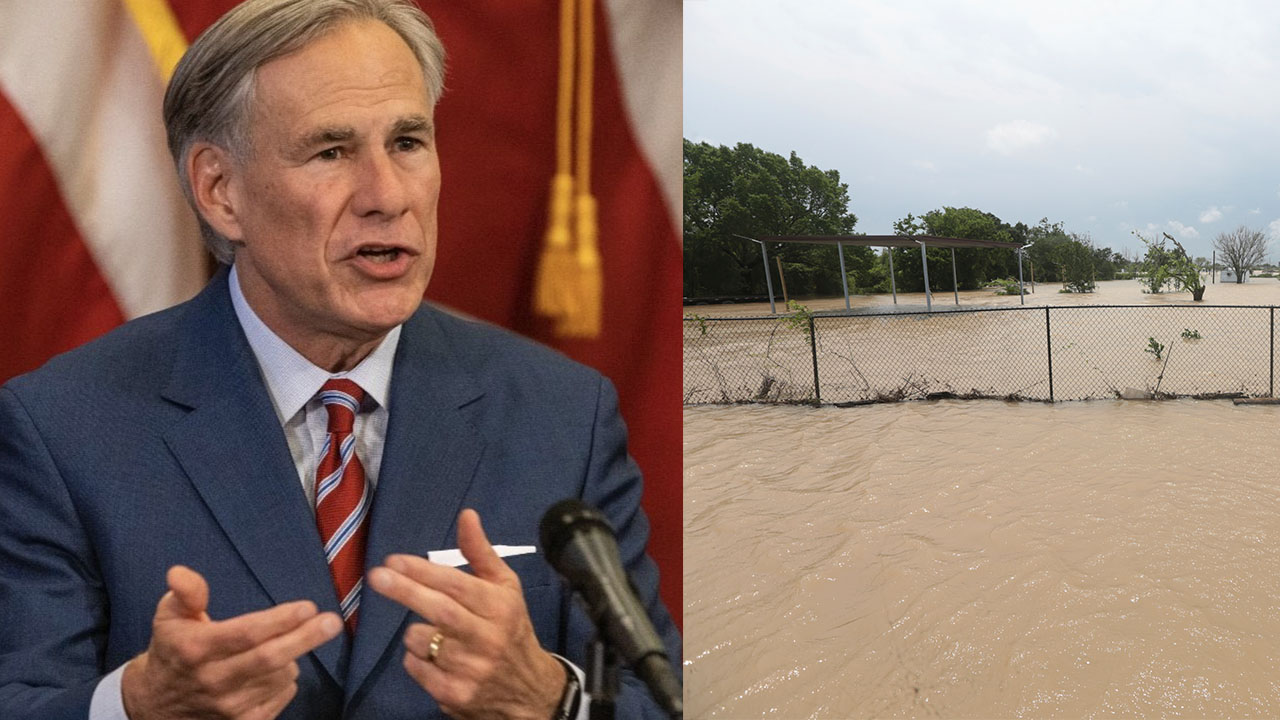NASA called southeast Houston home before Spacecraft Center opened

HOUSTON, Texas (KTRK) -- Before NASA moved to Clear Lake, it was southeast Houston that helped astronauts get to the moon.
In the early 1960s, NASA occupied several buildings in southeast Houston. The Manned Spacecraft Center opened in late 1963.
NASA logos, signs, and space vehicles started to appear in Houston two years prior. A discovery author, Burton Chapman, made while researching his book, "Telephone Road, Texas."
"I was amazed to find out these buildings, everywhere I turn almost in southeast Houston, that there's NASA buildings that were so important at that time," Chapman said.
Here's a list of address where Chapman found NASA facilities in Houston:
- 6040 Telephone Rd.
- 2999 S Wayside Dr.
- 2002 S Wayside Dr.
- 4750 Gulf Freeway
- 5440 Gulf Freeway
- 4200 Leeland St.
- 4513 Cullen Blvd.
Houston Parks and Recreation Department provided ABC13 Eyewitness News with black and white photos from its current headquarters, a place where NASA called its headquarters for two years.
There are photos of astronauts, including Alan Shepard, the first American in space, behind the NASA headquarters sign. The sign and building are still there housed by the Houston Parks and Recreation Department.
"All the old pictures that I've seen look very much like it is today," Chapman explained. "The tilted walls. The low ceilings."

NASA remains are still found inside as well, and the parks and recreation department still uses NASA's conference room table.
NASA employees didn't just work in southeast Houston, they lived there too. Apollo 11 flight director, Gene Kranz, called the neighborhood of Regal and Welk Street, 'Flight Controller Alley.'
Controller Ed Fendell remembers it well.
"There was a mix of people," Fendell said. "There weren't a lot of Houstonians. There were very few people from Houston."
Fendell said many of his coworkers enjoyed their time in southeast Houston.
"It was great," Fendell explained. "You could go to lunch anywhere in Houston, and run into somebody you knew."
While the location beat rural Clear Lake, Fendell said they couldn't wait to move into the new manned space center.
"That building we worked in was falling apart," Fendell recalled. "The air conditioner used to run water under your desk at the time, and it was creaky and old."
Today, the only sign letting people know southeast Houston's space race role can be found at the parks and rec department. Some of the buildings are unoccupied, under construction, or for sale.
While they may not be a state of the art as Johnson Space Center, Chapman said Houstonians should treasure how the city helped accomplish the impossible.
"Definitely something to be proud of," Chapman said. "They were ready and available to help at the height of the space race."
Follow Nick Natario on Facebook and Twitter.





